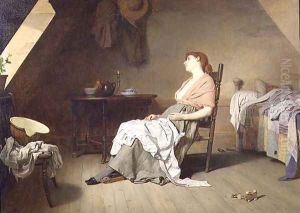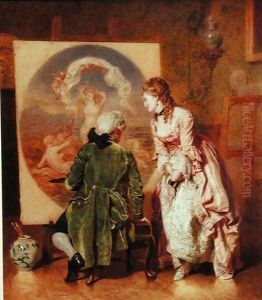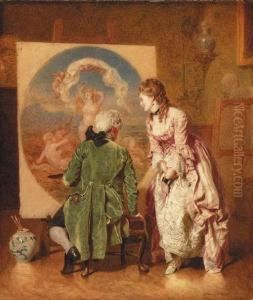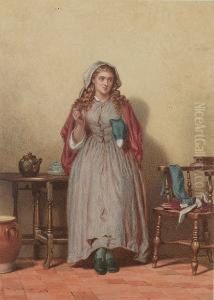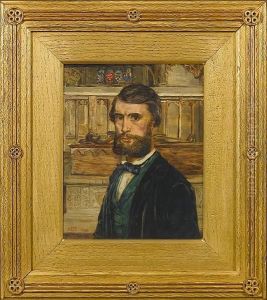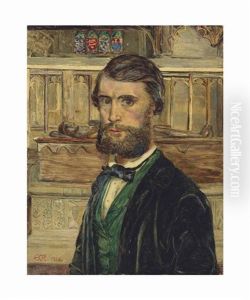Edward Radford Paintings
Edward Radford was not widely known as a standalone artist, but rather as a key figure in the British ceramics industry, particularly for his work at the Radford Pottery Company. Edward Thomas Radford was born in 1918 into a family with a strong tradition in pottery. His father, E. Brain Radford, was a master potter and the founder of the E. Radford Pottery Company in Burslem, Stoke-on-Trent, a renowned center for ceramics in England. The Radford family business was known for its high-quality earthenware and became especially popular for its hand-painted pieces.
Edward joined the family business and became instrumental in its operation and success. Throughout his career, he honed his craft and eventually became known for his own artistic contributions to the pottery's output. The mid-20th century was a significant period for the Radford Pottery, with many collectors and enthusiasts seeking out their unique pieces that often featured floral designs and were popular for their decorative appeal.
The Radford Pottery thrived during the post-war era, catering to the demand for both functional and decorative ceramic items. Edward Radford's role in the company helped to sustain its reputation for craftsmanship and design. However, like many British potteries, the Radford Pottery faced challenges with the changing economic landscape and the influx of cheaper foreign imports during the latter half of the 20th century.
Edward Radford continued to work in ceramics until his retirement. He passed away in 2006, leaving behind a legacy tied to the British pottery tradition and a collection of work that is still appreciated by collectors today. The Radford name remains synonymous with quality and craftsmanship in the field of ceramic arts, and Edward Radford's contributions to the family business helped to cement this reputation throughout the mid-20th century.
